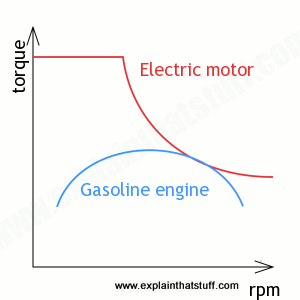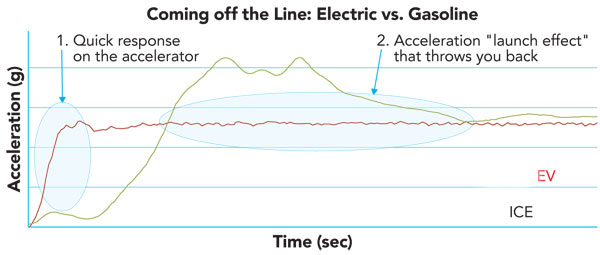Best Muscle Cars
Tesla Model S Proves Nothing Against Australian Muscle Car Dragrace

By Dave Ashton
Like any muscle car fans, as soon as I see any type of muscle car beaten in a drag race by an electric powered car my heart sinks a little. Another example of the EV brigade trying to prove they are the fastest and the future. But wait a minute. On the surface it may seem like just two vehicles are going up against each other in a head-to-head race. But in reality that’s where the similarities end.
Cost
When you have watched enough of these ‘EV vs. another performance car’ drag races, a trend starts to appear. In many ways its great marketing justification for buying into EV technology at this stage. A Tesla Model S P100 starts at around $94,000. If you want one with ludicrous mode as in this video, you’re talking more like $135,000. The HSV GTS LSA in the video with a 6.2-liter supercharged LSA V8 engine prices start at $67,870 going up to $89,800 with around 550HP. Big price difference. Enough change to buy a second car.
Reading a few of the articles on popular EV websites, you can feel the glee and excitement whenever a Tesla vehicle wins a drag race against a gasoline engine. For example, on teslarati.com stated the Holden Special Vehicles HSV GTS in the video has joined other vehicles such as the Porsche 911 Turbo S, the Dodge Challenger SRT 392 and the BMW M5 being ‘victims of the Tesla Model S P100D.’
On the surface, a seemingly straightforward luxury sedan from Tesla is crushing even the best of supercars on the dragstrip. 2.5 seconds for a 0-60mph time is clearly impressive, but how, why and is it a straightforward fair race?
Instant torque

If you want a full explanation of all the differences between a gasoline engine and an electric motor, check out explainthatstuff.com, but here’s a very whittled down explanation. The gasoline engine is a chemical machine by design. If you want more power, you need to burn more fuel more quickly, abiding by the laws of conservation of energy or ‘stepping on the gas’. Check out the graph above and the torque curve gradually builds for gasoline engines. Peak torque is usually hit at higher speeds.
An electric motor works differently. Torque is instant, so a version of a transformer is used to slowly dial in the power. That’s instant torque, but the torque levels can tail off.
There are many other factors for the pros and cons of both – emissions, efficiency, maintenance, battery recharging and convenience, but let’s stick to the dragstrip scenario where many of these racing challenges are seemingly going to the EV vehicles.

The dragstrip
The dragstrip has been traditionally the preserve of the gasoline engine. A platform to show the fastest vehicles around over an eighth or quarter mile distance. And that’s now the problem. An electric vehicle has instant torque and is almost inherently optimized for its torque curve over these distances. The gasoline engine needs more time to hit full torque, so it needs now a longer distance. No one noticed when it was Gasoline engines racing each other, but too short a track now as we are up against EV vehicles.
So here’s the predicament. On traditional dragstrip distances, comparing the internal combustion engine to an electric vehicle, the distance is now too short. The Ev has the clear advantage. So these type of tests should be done over a longer distance. But because EVs performance marketing shows they are inherently quicker off the line, the drag strip is the perfect environment to show off their skills. Who uses the drag strip most – muscle cars, so they become the target.
EV’s have proven that they are generally quicker off the line than a gasoline engine, but its also about maintaining that over time. The dragstrip is ironically the ideal environment to show off an EV, but lets see some of these dragstrip challenges done over a mile or two, longer distances, convenience factors and cost.
It’s understandable that the EV crowd revel in every win by a Tesla on a dragstrip, but the results are not clear-cut. Both engine platforms have their specialties and EV vehicles are clearly the best eco-friendly solution for daily driving. However, motorsport is a different matter. Let’s see an EV up against a true drag car or funny car, also inherently optimized for the dragstrip. Ultimately, it’s still comparing apples to pears.
It’s like trying to compare a cat to a dog. They both are pets, have a head, four legs and lungs, move quite fast when startled, but depending on the day and distance(my cat gives up the will to live after 10m, but the dog will run all day) depends on who will win. We all have our own preferences on which is the best pet, but that also depends on what we want them for.
Just like pets, the vehicle we own is clearly the best. But not in every scenario. My dog is great for running around all day, loves you unconditionally like a small child, can even swim in water, but not so great at crapping in a litter tray….






0 comments